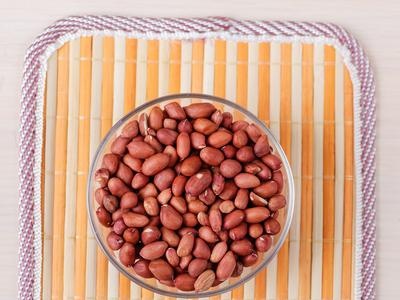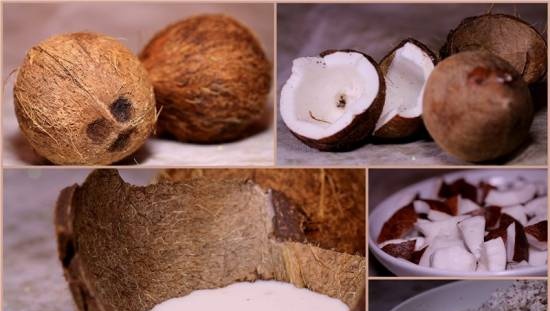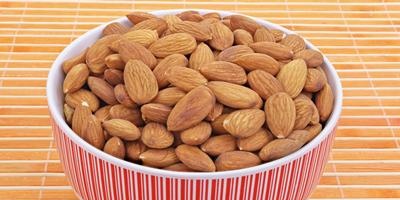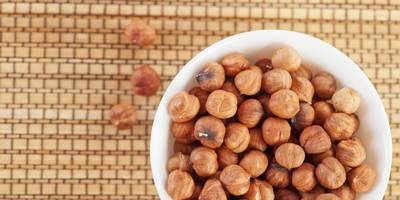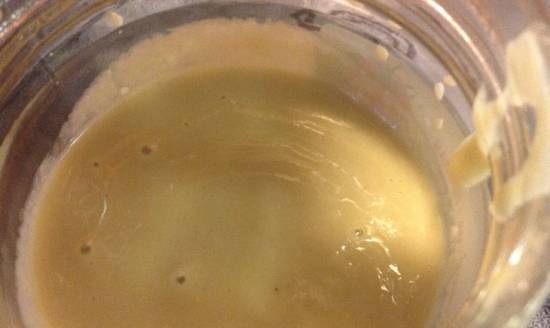Peanut |
|
It is not known how it would have ended if, by the will of fate, the young and energetic botanist Professor D. Carver had not appeared on the land of the southern states. One day he gathered the farmers and warned: a Mexican weevil appeared. He has already occupied several states and is moving here.
As you probably guessed, all the dishes were made with peanuts. Since that memorable day, many farmers have begun to sow a new crop. At first, the peanuts did not find a market, and the faint of heart became disillusioned and returned to cotton. But Carver managed to come up with so many uses for this legume that he was called to Washington. There he reported to the US Congress on his inventions. At first, the congressmen reacted with distrust to the professor, but at the end of the report they gave a standing ovation to the scientist. Peanuts received citizenship rights.
India provides a third of the world's beans. In Africa - Nigeria and Senegal. In recent years, however, peanuts have become involved in a very unpleasant business. It began with the fact that in 1960 in England turkey poults fell ill. Soon 100,000 birds died. The disease was named "Turkey-X". We went through all the possible reasons. We stopped at one. Feed. The poor things were fed peanut beans. The peanuts turned out to be moldy. Each bean was covered with a kind of yellow fluff. As if they had been soiled in yellow flour. The culprit is the yellow Aspergillus mushroom. It secretes a poison - aflatoxin. The poison causes liver cancer. And the turkeys. And in other animals. And people. Peanut butter with white chocolate The peanuts themselves, of course, have nothing to do with it. The trouble is that it is often grown in conditions other than those at home. There he is an inhabitant of a dry desert. There are often humid tropics here, where everything left unattended very quickly grows moldy: leather shoes, towels and, of course, a peanut bean heaped in a heap. A. Smirnov. Tops and roots |
| Corn | Coffee forest |
|---|
New recipes
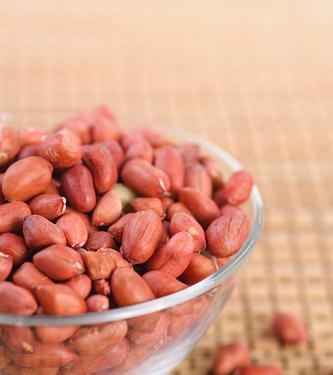 Cotton belt farmers cultivated cotton. Only him. Year after year. He was selling well. But the earth is tired. Fibers were collected less and less. Incomes were dwindling. And on the farmer's table were two dishes: corn cakes and molasses - a waste of sugar production.
Cotton belt farmers cultivated cotton. Only him. Year after year. He was selling well. But the earth is tired. Fibers were collected less and less. Incomes were dwindling. And on the farmer's table were two dishes: corn cakes and molasses - a waste of sugar production.